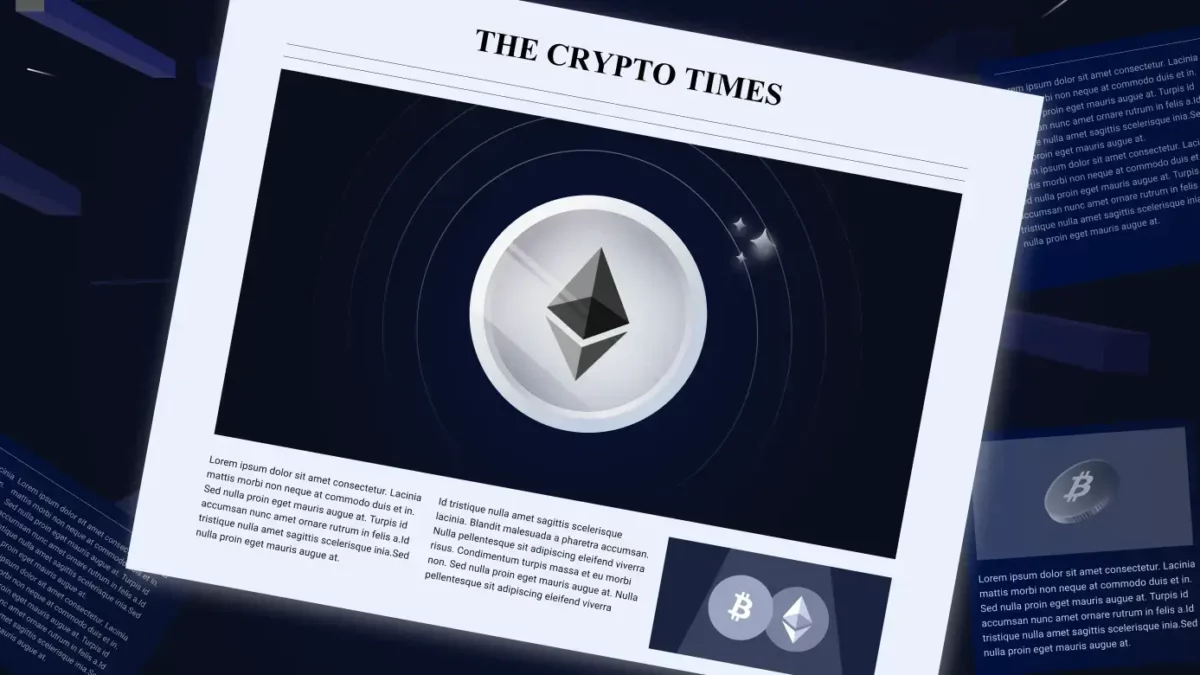Key Takeaways:
- Ethereum’s co-founder, Vitalik Buterin, unveils a strategic plan to safeguard the platform against potential quantum computing threats.
- The proposed strategy involves a hard fork and the integration of quantum-resistant cryptographic methods to bolster Ethereum’s security.
- Buterin identifies the vulnerability of Ethereum’s cryptographic foundation to quantum computing, emphasizing the need for proactive measures.
- The plan includes reverting to a previous blockchain block and implementing changes to transaction protocols to thwart unauthorized access by quantum-enabled actors.
- Ethereum’s adoption of quantum-resistant cryptographic techniques reflects a commitment to future-proofing the platform and ensuring user asset protection in the face of advancing technological threats.
Read More: Ethereum Price Prediction
Ethereum co-founder Vitalik Buterin has unveiled a comprehensive strategy aimed at fortifying the Ethereum platform against potential threats posed by quantum computing. This strategic approach encompasses a proposed hard fork and the incorporation of quantum-resistant cryptographic methods, emphasizing a commitment to augmenting Ethereum’s security measures.
Concerns have arisen regarding the vulnerability of cryptographic systems to the advancing capabilities of quantum technology, prompting Buterin to address these challenges head-on. The focal point of the strategy lies in reinforcing Ethereum’s resilience through strategic updates and the integration of cryptographic techniques resistant to quantum threats.
A key element of Buterin’s proposal involves a strategic hard fork, coupled with the adoption of advanced cryptographic methods. Recognizing the susceptibility of Ethereum’s current cryptographic foundation to quantum computing exploits, Buterin emphasizes the need for proactive measures. The proposed hard fork entails reverting to a previous block in the blockchain and implementing substantial changes to transaction protocols, creating a defense mechanism against unauthorized access to user funds by potential quantum-enabled actors.
Incorporating quantum-resistant cryptographic mechanisms, such as STARKs (Scalable Transparent ARgument of Knowledge), holds a pivotal role in Buterin’s strategy. These technologies are designed to bolster Ethereum’s defense against quantum threats, elevating the security of transactions and validation processes. Through the modification of transaction types and improvements to the validation framework, Ethereum seeks to establish a more secure environment for its users.
Buterin’s proposal reflects the Ethereum development community’s proactive approach to confronting the challenges posed by quantum computing. The suggested hard fork and infrastructural enhancements are integral components of a broader initiative aimed at future-proofing the Ethereum blockchain against emerging technological threats. This initiative showcases the community’s dedication to upholding the platform’s security and reliability in anticipation of potential advancements in quantum computing.
The adoption of quantum-resistant cryptographic techniques, along with the proposed adjustments to Ethereum’s transaction and validation protocols, serves as a proactive measure to protect the platform against the theft of funds. These strategic measures underscore Ethereum’s readiness to adapt to the evolving landscape of digital security and its commitment to safeguarding users’ assets from potential quantum-enabled attacks.
Additional Read: Ethereum Dencun Upgrade
Source: Cryptopolitan
Related posts
Bitcoin Price Hits New All-Time High Following Fed’s 25-Basis-Point Rate Cut
Fed’s interest rate cut spurs crypto momentum, boosting Bitcoin and Ethereum prices.
Read more
Blum Secures Major Investment from TOP to Strengthen DeFi Presence in TON Ecosystem
TOP’s backing aims to accelerate Blum’s multi-blockchain expansion.
Read more


